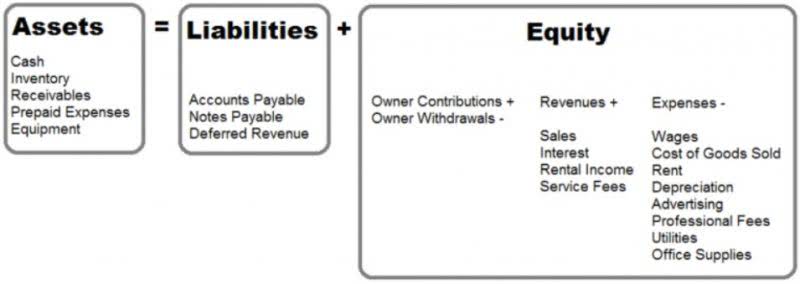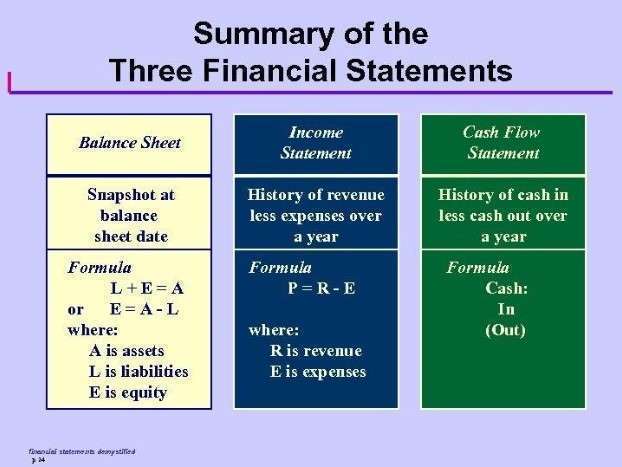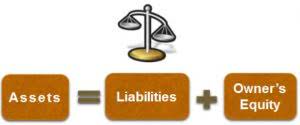Free Accounting Download: Church Chart of Accounts Template

Subaccounts will further classify your financial transactions. For example, tithes and offerings will be subaccounts of revenues. Ministry and operational expenses are subaccounts of your expenses. Identifying your church’s financial needs will help you determine a structure that supports growth. It will ensure you set up accounts that lead to optimal financial organization and helps you keep key tax considerations in mind. As businesses grow, these technologies can adapt to changing needs, such as incorporating new accounts or modifying existing ones, thus offering scalability.
Locations, funds, and departments: common building blocks of an effective COA

Churches, like other nonprofit organizations, are required to submit certain financial reports to regulatory bodies. In this case, a COA is necessary to compile the necessary information and ensures that the reports are accurate. To ensure your chart of account aligns with ministry goals, you must review your ministry’s plan and priorities. Then, create specific Legal E-Billing accounts that reflect the key initiatives and programs. Review your chart of accounts regularly to ensure it aligns with your specific needs. You can also change the structure or add or change things later if needed.

Nonprofit Treasurer Checklist: A Comprehensive Guide
- The same principles can be applied to ministry supplies and travel.
- Strong financial processes help churches avoid common mistakes.
- You can confidently manage your books, financial health, and bottom line the right way, the first time and every time.
- A church chart of accounts (COA) is a resource that serves as a directory of all of the church’s financial records.
- These statements are essential for providing information to church leaders, members, and donors about the church’s financial health.
- Finally, what do you do when a well-meaning staff member or volunteer asks about the “flower fund” or something small that they just “have” to track?
Long-term liabilities are financial obligations that are due after more than unearned revenue one year. Financing through long-term liabilities allows a business to manage its immediate cash flow needs while planning for its long-term strategy. A chart of accounts is a list of all the individual financial accounts a business uses. Another way to shape an elegant chart of accounts is to use account groupings or roll-up accounts to organize your line items. Download our free sample church chart of accounts and compare it to yours.

Key Differences from a Church COA and Other Nonprofit and Business COAs

Unique numbers assigned to accounts enable easy identification and classification. This organization aids in the efficient recording and retrieval of financial data. While the numbering scheme may vary with the size and complexity of the business, it sample church chart of accounts generally follows a logical sequence aligned with account categories. Assigning numbers to accounts is a thoughtful process, designed to accommodate future expansions by reserving gaps for new accounts as the business grows or diversifies. Importantly, the COA is designed to be adaptable, evolving with the business to include new accounts as necessary, ensuring its continued relevance.
- Master the art of prepaid expense accounting and ensure your financial statements are accurate and informative.
- A Chart of Accounts is a financial organizational tool that provides a complete listing of every account in an accounting system.
- They can use this information to make spending decisions that dictate what to invest in and how much to invest while following recommended church budgeting tips.
- Fortunately, some templates, tools and church management solutions can simplify the process.
All Categories
Current assets, or short-term assets, include cash and other resources that are expected to be liquidated or turned into cash within one year or one operating cycle, whichever is longer. Examples of current assets are cash, marketable securities, inventory, and accounts receivable, all of which play a critical role in managing the day-to-day financial operations of a business. Effective financial management is critical to the long-term success and sustainability of a church or nonprofit organization.
